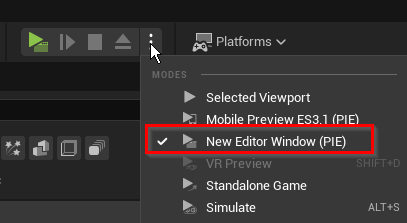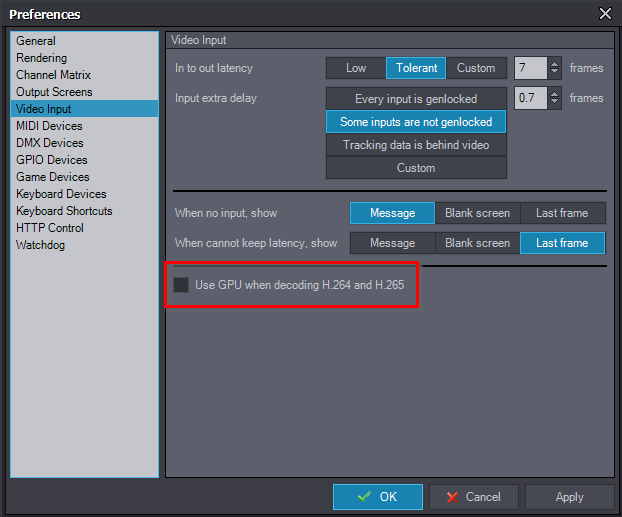Hello
I would like to understand (before buying the broadcast edition) if aximmetry is suitable for complex ue projects and what system I need.
The problem I'm having is with cpu performance.
For what concern the model of cpu I have a Threadripper 5975 32 cores with 128Giga of Ram.
In medium UE projects the CPU works around 50% but for the main UE project I am working on the CPU workload is at 89/90% (with some peak over 100%).
I know there are many variables to consider such as lumen usage, or unreal session optimization problems, and that in Unreal the project is rendered in the size of the viewport window, which is usually smaller than the resolution in Aximmetry but working directly in unreal I only have 7/8% processor usage, a huge difference.
Can somebody tell me if adding a second render workstation could be the right solution for my problems or what could be a good setup to work in serenity?
I could use an HP Z series with two Xeon 14 cores each (about 3 gigs per core) and an RTX A5000 gpu as a remote render workstation.
(To try this configuration I will have to buy a Nas server cause I had difficulty with shared folders and I have read on this forum that the solution is to use a NAS).
I was getting attached to the idea of aximmetry, plus the ease of use and great results in keying or other processes, so I'd be sorry to give it all up.
Thank you!
Giancarlo
unfortunately I have to abandon the idea of aximmetry, which I am sorry.



Aximmetry can definitely support very complex scenes. Like you said, performance of the low resolution rendering in the viewport isn’t comparable to rendering the scene in full quality. There’s nothing Aximmetry can do about this, it’s strictly related to UE5 performance. Rendering to a Decklink card, keying, light wrap, color correction and the occlusion mask rendering also have a performance overhead, but that overhead would be as high or higher if you did them in UE5 as well. Regarding the CPU, you have to differentiate between the number that Task Manger is showing, which is the total performance available across all cores and the CPU meter in Aximmetry, which shows the performance available to render the scene in Aximmetry. Just because you have spare CPU across all cores it doesn’t mean that UE5 and Aximmetry can spread the workload across all cores. Game engines are typically built for high single core speeds and don’t do multithreading very well. This means that for real-time rendering, most of the cores will not be used. This isn’t related to Aximmetry either, it’s just how game engines like Unreal works. Hope that makes sense?